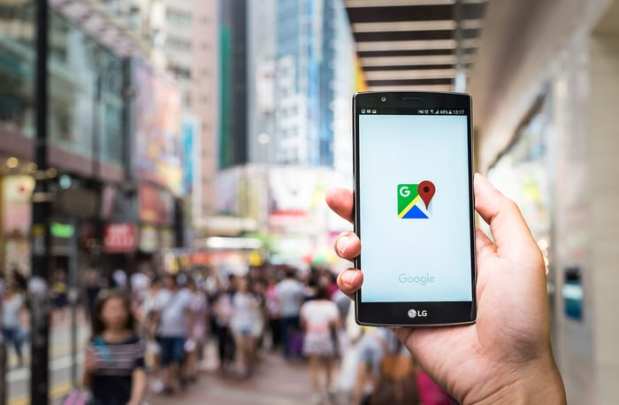Google Maps Adds Biking, Ridesharing As Transit Options

Google Maps users can now plan trips across different modes of transportation, with a new feature pairing bike routes and transit with ridesharing, VentureBeat reported on Tuesday (Aug. 27).
The new feature on Maps lets users streamline directions with public transit, biking and ridesharing options. The launch is scheduled in 30 countries and will be available in the next few weeks on both Android and iOS.
“Maps has always helped you get from place to place, whether you’re driving, walking, biking or taking public transit. And we know that transit journeys can be complex – often involving multiple modes of transportation to help you get around town,” wrote Google in a blog post. “… we’re making it easy to pair transit directions with biking and ridesharing options so you can travel that first or last mile with ease.”
The user enters their destination in the Maps search box and taps on Directions to see routes with ridesharing and cycling options along with transit directions. On rideshares, users will see information about the directions, including the ride’s estimated cost, length, traffic and departure time. Bikers will see routes tailored for cyclists along with transit information.
“Say you’re taking the subway home from a friend’s house, but your apartment is a bit too far from the station to get to on foot. Catching a ridesharing vehicle can help you travel that short distance quickly,” wrote Google. “Or, you’re headed to work at the peak of the busy back-to-school season, so you need to ride your bike to the nearest bus stop to make that important 9 a.m. meeting on time.”
More recently, Maps began displaying bikesharing stations worldwide, following an integration with Citi Bike in New York last April that showed travelers the nearest bikesharing station and revealed how many bikes were currently available.
Google recently introduced a new service in June letting users know how crowded a train or bus would be in over 200 cities, with about 25 percent of them in the U.S.